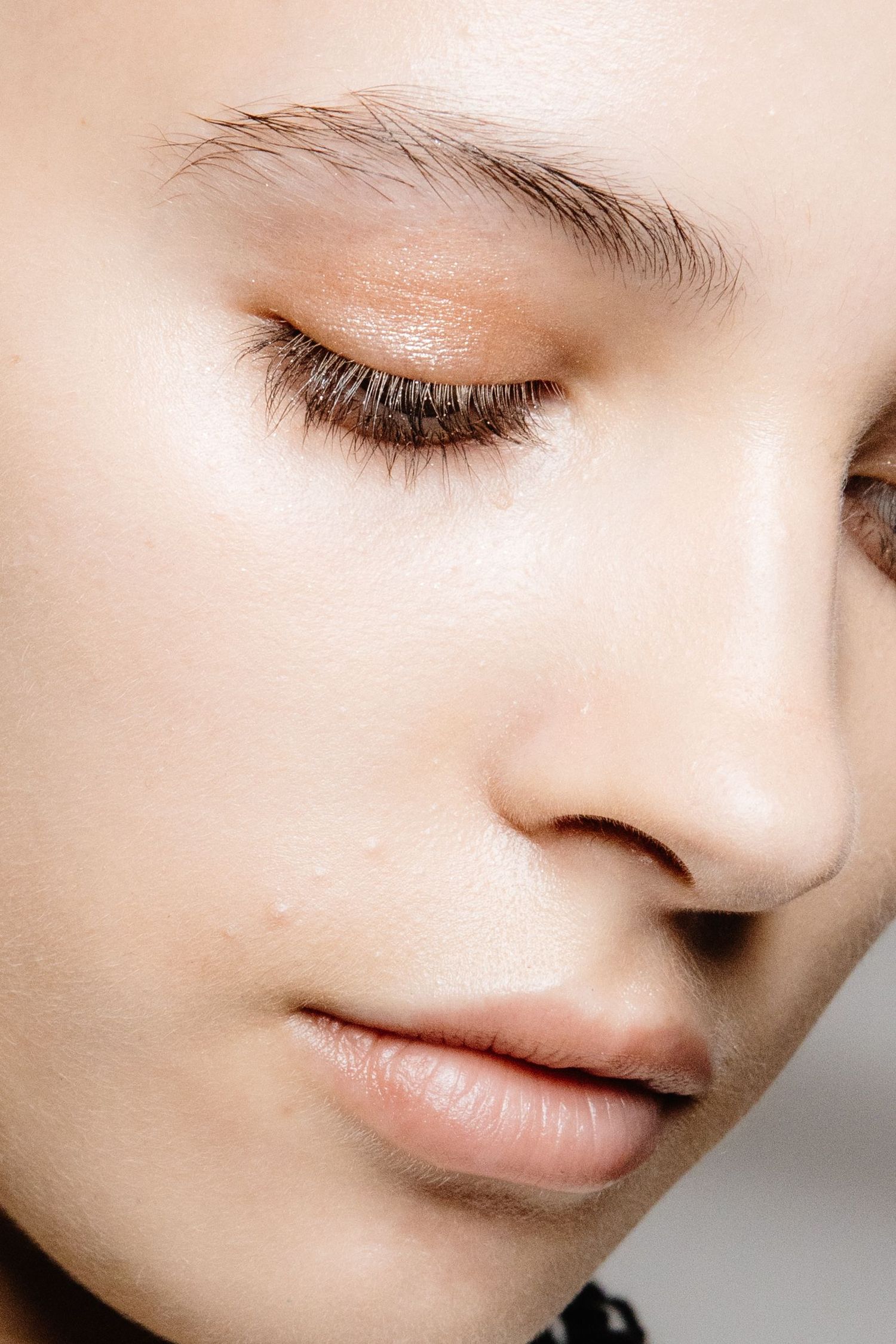The higher you flyer, the more damage the sun can do to your skin
Just in case you haven’t been up to date with the latest trends and practices in the beauty industry, it’s safe to say we’ve established that sunscreen is one of the most important foundations of a well balanced beauty routine. Whether you opt for a natural look, or prefer a full glam, there is always a baseline of products we should never forget when setting our skincare rituals. Nonetheless, when it comes to flying it’s easy to leave sunscreen in your suitcase when checking in for a flight.
For decades it’s been a recurrent conversation that flying is inherently bad for our skin. The pressure changes, the cold-filtered air, and the lower levels of moisture in the artificial environment are all responsible for this unfriendly scenario. Thankfully, these issues have sparked an interest in in-flight hydrating products and treatments. From traditional moisturisers, serums and sleep masks to even sheet masks and eye patches, one can now easily enter an aircraft and maintain the plumpness of their skin. However, the surge in sun protection has given life to a newer conversation that — in retrospect — was literally lingering on top of our heads.

Never forget your SPF. Photo: Getty
Should I wear sunscreen on my flight?
Flying might not only be dehydrating and stressful for the skin, but exposes it to higher levels of UV rays — increasing the possibilities of sun-related damage. Now, to understand this properly, we must go back and refresh the basics of sun protection. When applying SPF one is not protecting from the sun itself, but from the UV rays that emanate from it. This is the very reason we should wear sunscreen even when we’re inside or when exposed to screens. Even though we’re not being directly hit by the sun, some UV rays bounce off objects and enter shaded areas. They are also produced at a lower level by electronic devices. Therefore we’re still exposed to the rays and should protect ourselves from them.
If we do a little logical play, when flying, we’re essentially going up in the sky, which in turn gets us closer to the biggest source of UV rays. Data from the World Health Organization shows that with every 1000 m in altitude, UV levels increase by approximately 10 per cent. Even though we have a physical barrier — the airplane —, we are still exposed to stronger, closer, UV rays.
This sounds a tad terrifying, but it just means as we protect ourselves in a daily manner, we can protect our skin when flying, we just have to be more rigorous about it. Whether we opt for physical sunscreens or chemical sunscreens, the principle is the same: create a layer of product that protects our skin from the rays. Now, especially in this scenario, following the two finger rule and making sure to reapply every two to three hours is key to ensure the effectiveness of the product. At the same time, the constant application of SPF — that should be at least level 50 or more — also contributes to the maintaining the moisture of the skin.
In the end, combining a good hydrating routine with rigorous sun protection is the key to ensure plumped, protected, travel-ready skin.
